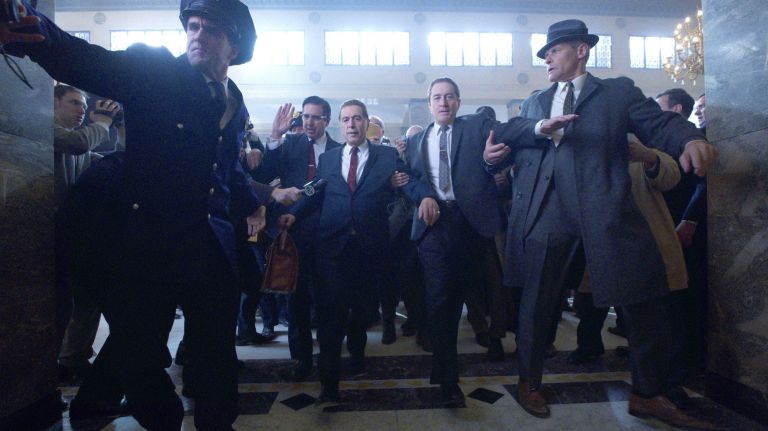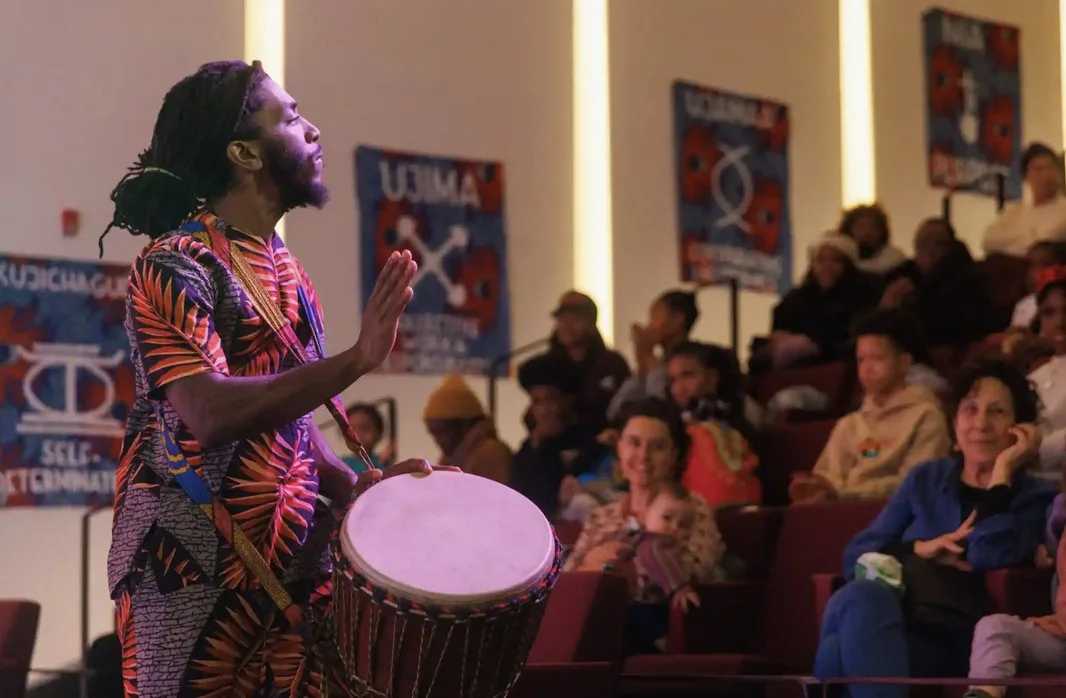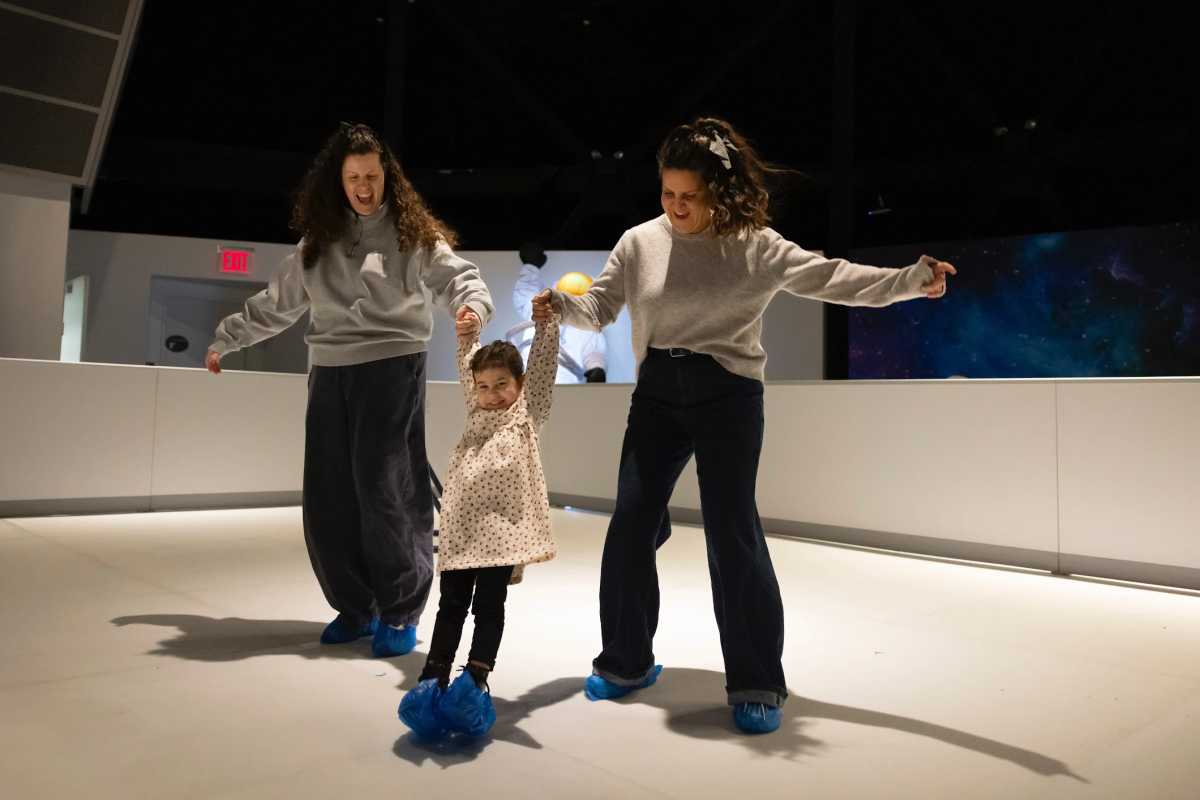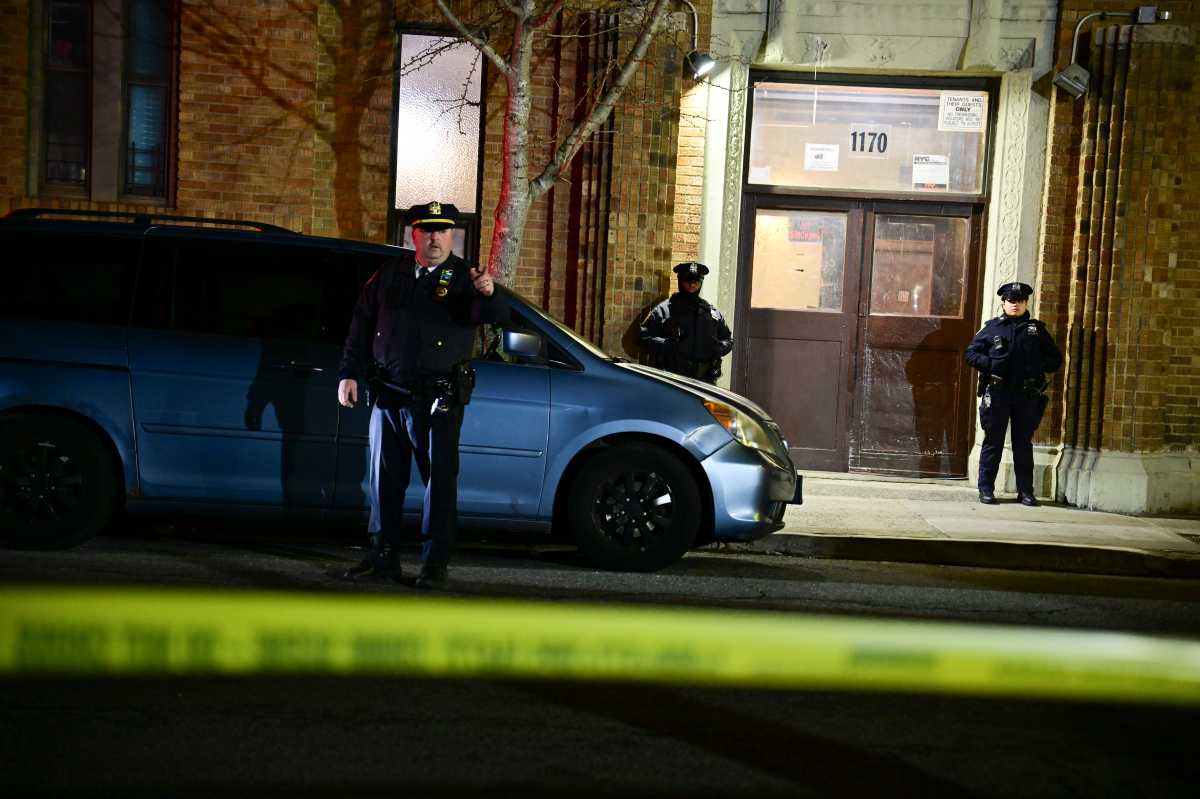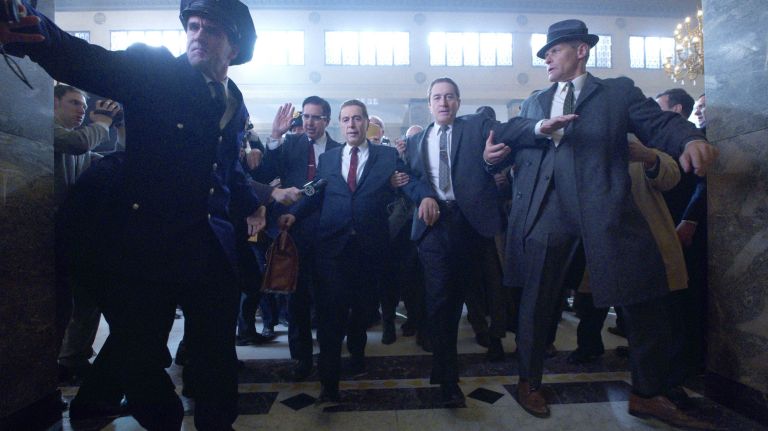
‘The Irishman’
Directed by Martin Scorsese
Starring Robert De Niro, Al Pacino, Joe Pesci, Harvey Keitel, Bobby Cannavale, Anna Paquin, Sebastian Maniscalco, Ray Romano, Kathrine Narducci
Rated R
"The Irishman" reunites Martin Scorsese with Robert De Niro and Joe Pesci, and it concerns the mob in America, so you might assume you know what you’re getting from it.
But whereas "Goodfellas" and "Casino" offered propulsive bursts of visceral cinematic energy, the new movie spends three-and-a-half hours evoking the feeling of the loneliness of the early morning hours, when the world is dark and our thoughts and memories loom large.
In other words, "The Irishman," which opens in limited theatrical release on Nov. 1 before launching on Netflix on Nov. 27, is far from a greatest hits compilation or a nostalgia piece. While it might not carve out new thematic ground for Scorsese, who has spent a large segment of his career exploring guilt and regret and how those emotions can shape and impact a life, it stands as a major achievement thanks to the way it marries a sweeping scope with an exacting focus on the internal life of its protagonist, mob hit man Frank Sheeran (Robert De Niro).
Scorsese is one of very few filmmakers who could manage a movie that ruminates on these themes in a meaningful, understated way, while seamlessly transitioning through hundreds of scenes and locations, helming a script by Steven Zaillian (adapting the book "I Heard You Paint Houses" by Charles Brandt about Sheeran) that spans five decades and overseeing the incorporation of CGI to de-age De Niro, Pesci and Al Pacino, who plays Jimmy Hoffa.
The approach of being both epic and painstakingly microscopic is encapsulated by the first shot of the movie, set to "In the Still of the Night" by The Five Satins, in which the camera tracks through a tight doorway and down the halls of a nursing home until it arrives to Sheeran, who begins narrating his story.
It continues through intimate conversations over many years, in settings like restaurants and hotel suites, between De Niro’s Sheeran and Pesci’s Russell Buffalino, the Philadelphia mob boss, and those involving Sheeran and Pacino’s Hoffa. These close friendships drive the narrative, which is predicated on the relationships the protagonist forms with both men and how they build toward an inevitable conflict.
The arc of mid-20th century mob life provides the context for this story of a man torn apart by his obligations, with the narrative weaving in Robert F. Kennedy’s investigations as attorney general, internecine conflicts within the Teamsters, the famous whacking of Joey Gallo (Sebastian Maniscalco) at Little Italy’s Umberto’s Clam House in 1972, and plenty more.
The greatest pleasure to be had in the movie is to simply experience these actors together, gifted with dialogue that is both funny and penetrating, and filled with a sense of mournful reflection.
De Niro and Pesci remain an extraordinarily compelling pair on screen. The latter, returning from his acting hiatus, is gifted with the opportunity to tap into notes of calm, confident wisdom that are markedly different than his previous collaborations with De Niro and Scorsese.
Pacino gets to be the flamboyant one as Hoffa and he clearly relishes the chance to gesticulate wildly about the Kennedys and other forces aligned against him. But he and De Niro share moments that are surprisingly sweet and moving, and they craft an emotional bond that feels real and unshakable.
As much as anything on-screen, "The Irishman" is informed by the history Scorsese shares with De Niro and Pesci and, to a lesser extent, Harvey Keitel, who has a few scenes as another Philadelphia boss, Angelo Bruno. So it’s crucial that the actors get the opportunity to play these characters through the arc of their lives, even if the de-aging technology still needs a little bit of work (only one scene, a WWII flashback, really seems off).
This is a reflection on a journey that began with De Niro and Keitel as a pair in "Mean Streets," and Pesci in "Raging Bull." It’s a return to this familiar milieu that is nonetheless powerfully different, with the vibrant energy of youth replaced by the melancholic wisdom brought on by the decades that have passed. It is impossible to watch the movie and to not think of the extraordinary work these individuals have done together for so many years, to consider the time that has gone by and what it all means.



